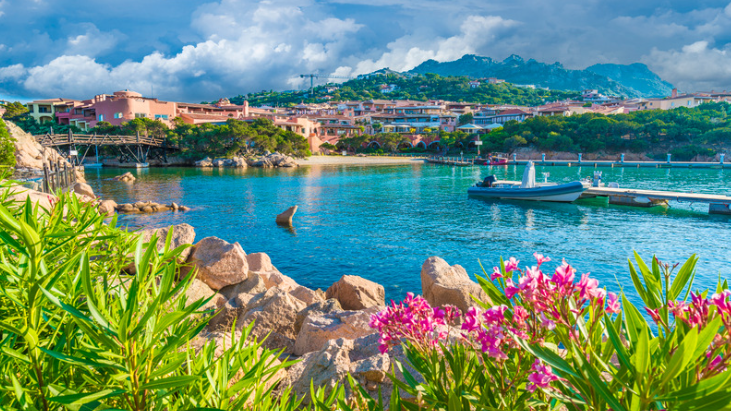Planning a journey from Porto to Lisbon? Opting for a long train ride can be a convenient and scenic way to travel between these two vibrant cities in Portugal. The distance between Porto and Lisbon is approximately 313 kilometers (194 miles), making it an ideal route for those who enjoy the charm of train travel. Whether you’re a tourist exploring the country or a local looking for an alternative mode of transportation, embarking on this picturesque rail journey offers a unique perspective of Portugal’s landscapes.
As you board the train in Porto, get ready to immerse yourself in the beauty of Portugal’s countryside as it unfolds before your eyes. Traversing through rolling hills, lush vineyards, and quaint towns, the train ride presents ample opportunities to capture stunning photographs or simply relax while enjoying the passing scenery. With comfortable seating and modern amenities onboard, you’ll have everything you need for a pleasant journey.
Distance Between Porto and Lisbon
-
The Charm of Train Travel: Why Choose the Long Train Journey
Embarking on a long train journey from Porto to Lisbon is an experience that captures the essence of travel, offering a unique charm that cannot be replicated by any other mode of transportation. As we settle into our seats and watch the picturesque landscapes unfold outside our windows, there is a sense of tranquility and anticipation in the air.
Train travel allows us to slow down and appreciate the beauty of Portugal’s countryside at a leisurely pace. From rolling hills adorned with vineyards to quaint villages nestled along the tracks, every moment offers an opportunity for awe-inspiring discoveries. Unlike airplanes or cars, trains provide an uninterrupted view of the surrounding scenery, allowing us to immerse ourselves in nature’s wonders.
-
Planning Your Itinerary: Best Time to Take the Long Train Journey
When it comes to planning your itinerary for this long train journey between Porto and Lisbon, timing can greatly enhance your overall experience. While both cities offer their own unique charm year-round, certain seasons may present additional advantages.
If you’re seeking pleasant weather with fewer crowds, consider visiting during spring (April-May) or fall (September-October). During these shoulder seasons, you’ll have more room to stretch out on board while enjoying comfortable temperatures conducive to exploring both cities at your own pace.
-
Exploring Porto: Must-See Attractions Before Departure
Before embarking on the long train journey from Porto to Lisbon, take some time to explore the vibrant city itself. As the second-largest city in Portugal and renowned for its historical significance, there are several must-see attractions that shouldn’t be missed.
Start your exploration with a visit to Ribeira, Porto’s charming riverside district. Stroll along the colorful streets lined with traditional houses and soak in the atmosphere as you admire the iconic Dom Luís I Bridge towering above the Douro River.

Comfortable Travel Options: Choosing the Right Train
Choosing the Right Train Class: Comfort vs. Economy
When embarking on a long train journey between Porto and Lisbon, one important decision to make is choosing the right class for your travel experience. The two main options you’ll come across are Comfort Class and Economy Class. Each class offers its own set of benefits, so let’s dive into the details.
In Comfort Class, you can expect a higher level of comfort and amenities compared to Economy Class. The seats are typically more spacious with ample legroom, ensuring a comfortable journey throughout. Additionally, you may have access to power outlets to charge your devices and enjoy uninterrupted entertainment during the trip.
Comparing Ticket Prices: Finding the Best Deals
As travelers, we are always searching for ways to find the best deals on ticket prices. When it comes to train travel between Porto and Lisbon, there are several factors that can influence ticket prices, such as booking in advance, time of travel (peak or off-peak), and availability of promotional offers.
Booking your tickets well in advance often allows you to secure lower fares as opposed to last-minute bookings, when prices tend to rise due to limited availability. Another strategy is exploring different times of travel since peak hours generally result in higher fares compared to off-peak hours when demand is relatively lower.


 By
By 



